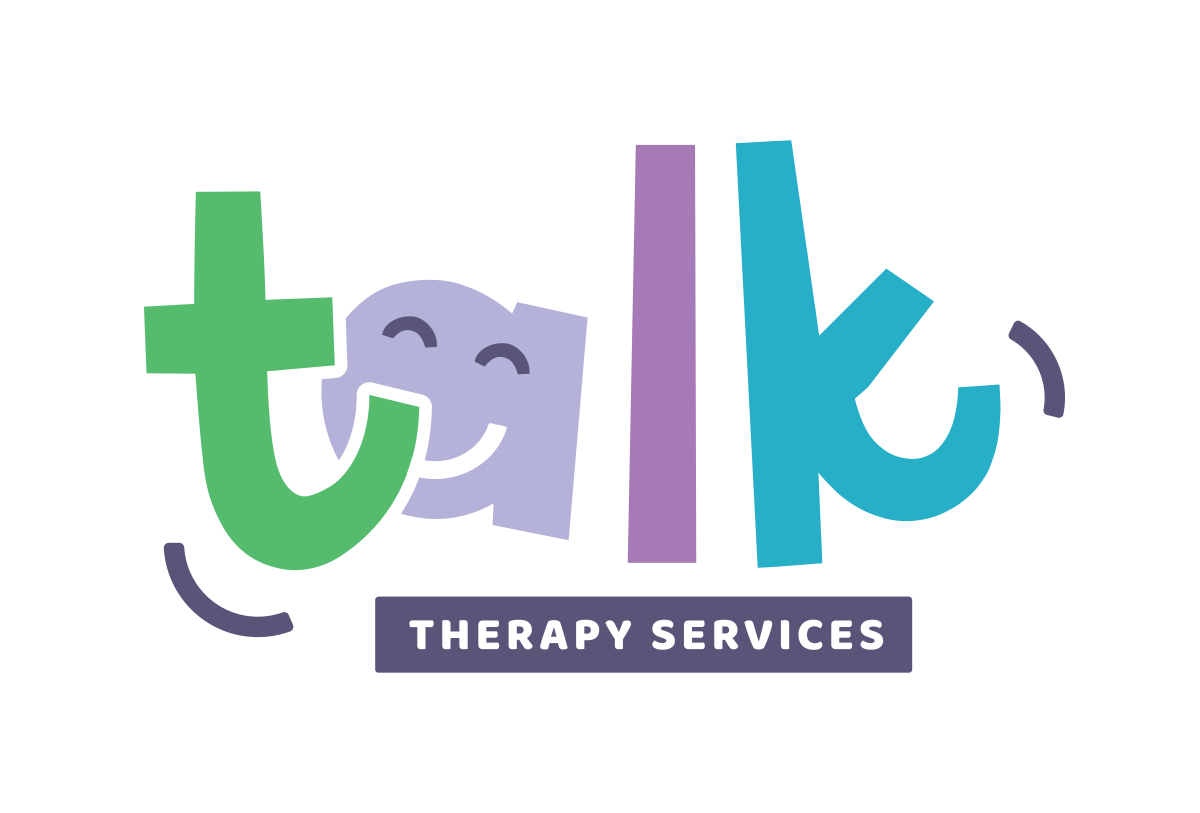What is an Articulation Disorder? A Family-Friendly Guide to Understanding Speech Challenges in Children
Discovering the world of speech and language development can be a fascinating journey for many families. As children grow, they learn to express their thoughts and feelings through words, a process that is as complex as it is beautiful. However, some children may face challenges along this path, including articulation disorders. This family-friendly guide aims to shed light on what articulation disorders are, how they affect children, and the importance of early intervention.
Understanding Articulation Disorders
Articulation disorders involve difficulties in producing sounds correctly. This speech challenge can affect how a child pronounces words, making it hard for them to be understood by others. Unlike other speech disorders, articulation issues focus specifically on the physical production of sounds.
Children with articulation disorders might substitute one sound for another, omit a sound in a word, add extra sounds, or distort sounds. For example, saying "wabbit" instead of "rabbit" or "thith" instead of "this" are signs that a child might be experiencing an articulation disorder.
Recognizing the Signs
Early recognition of articulation disorders is crucial for effective intervention. Parents and caregivers should be on the lookout for signs such as:
- Difficulty pronouncing certain sounds or words that is not age-appropriate
- Being difficult to understand, especially to unfamiliar listeners
- Showing frustration or awareness of their speech difficulties
- Avoiding speaking or communicating due to difficulty with pronunciation
Causes and Risk Factors
While the exact cause of articulation disorders in some children may not always be clear, potential factors include:
- Genetic predisposition to speech and language difficulties
- Physical anomalies, such as cleft palate or issues with the teeth, lips, or tongue
- Hearing impairments that affect the ability to hear and imitate sounds correctly
- Neurological disorders or developmental delays
The Path to Improvement: Diagnosis and Treatment
If you suspect your child has an articulation disorder, the first step is to consult with a TALK Therapy Services speech-language pathologist (SLP). After an initial conversation, the SLP will recommend either an articulation screening or a comprehensive evaluation to determine what sounds the child is having difficulty producing. After the evaluation they will create a personalized treatment plan. Therapy may include exercises to improve the child's muscle movements for speech, practicing specific sounds and words, and strategies for enhancing speech clarity.
The Role of Families in Supporting Speech Development
Family involvement is a pivotal part of the treatment process. Encouraging practice at home, providing positive feedback, and engaging in communication-rich activities can significantly enhance progress. Reading together, playing sound games, and having regular conversations are excellent ways to support your child's speech development.
The Impact of Early Intervention
Early intervention is key to helping children overcome articulation disorders. With timely and appropriate therapy, most children can improve their speech clarity, boosting their confidence and social skills. This, in turn, supports their overall development, including literacy skills and academic performance.
Conclusion: Embracing the Journey Together
Understanding articulation disorders is the first step towards supporting children in overcoming these challenges. By recognizing the signs early and seeking professional guidance, families can play an active role in their child's speech development journey. Remember, every child's path to clear speech is unique, but with love, support, and the right intervention, remarkable progress is possible.

